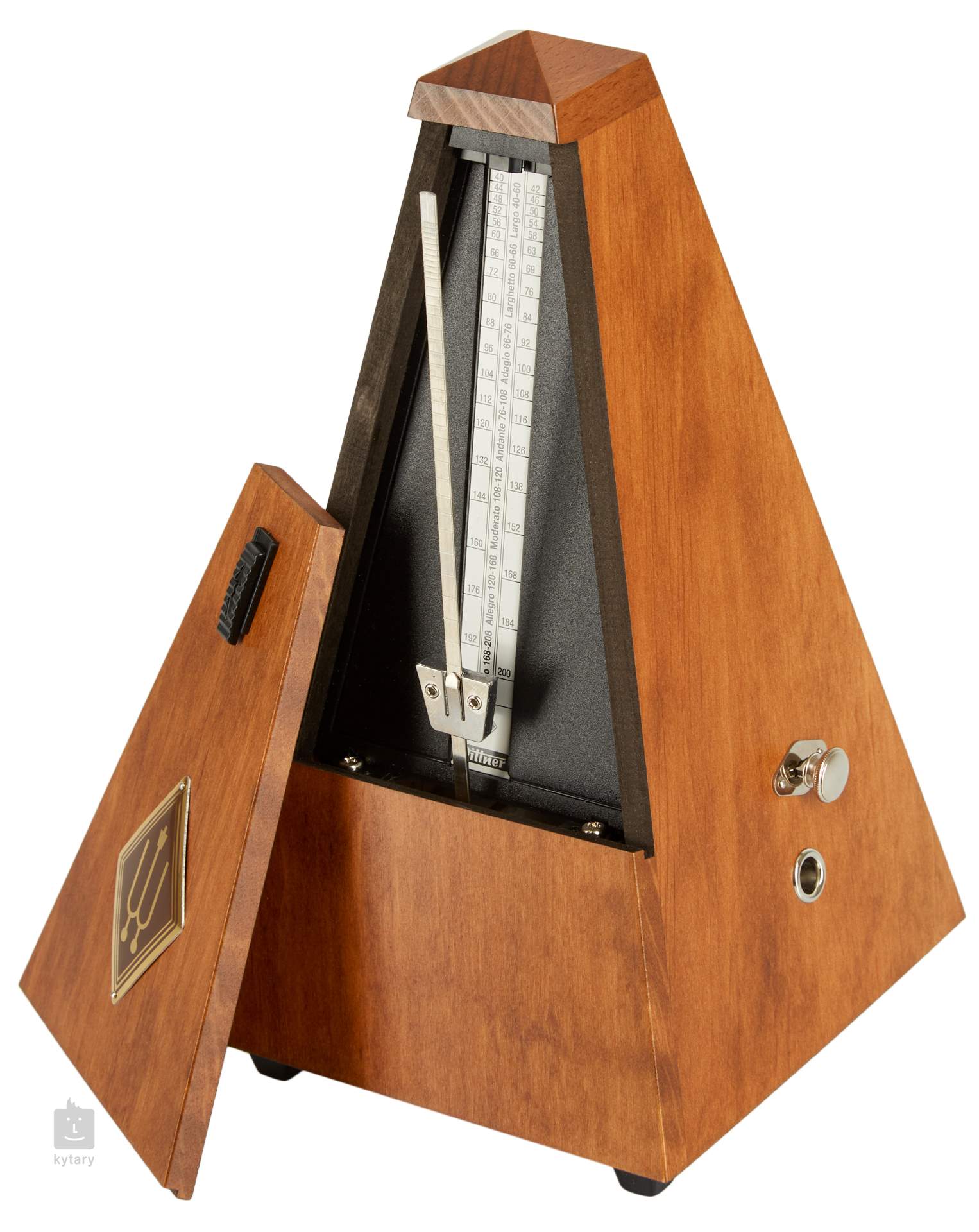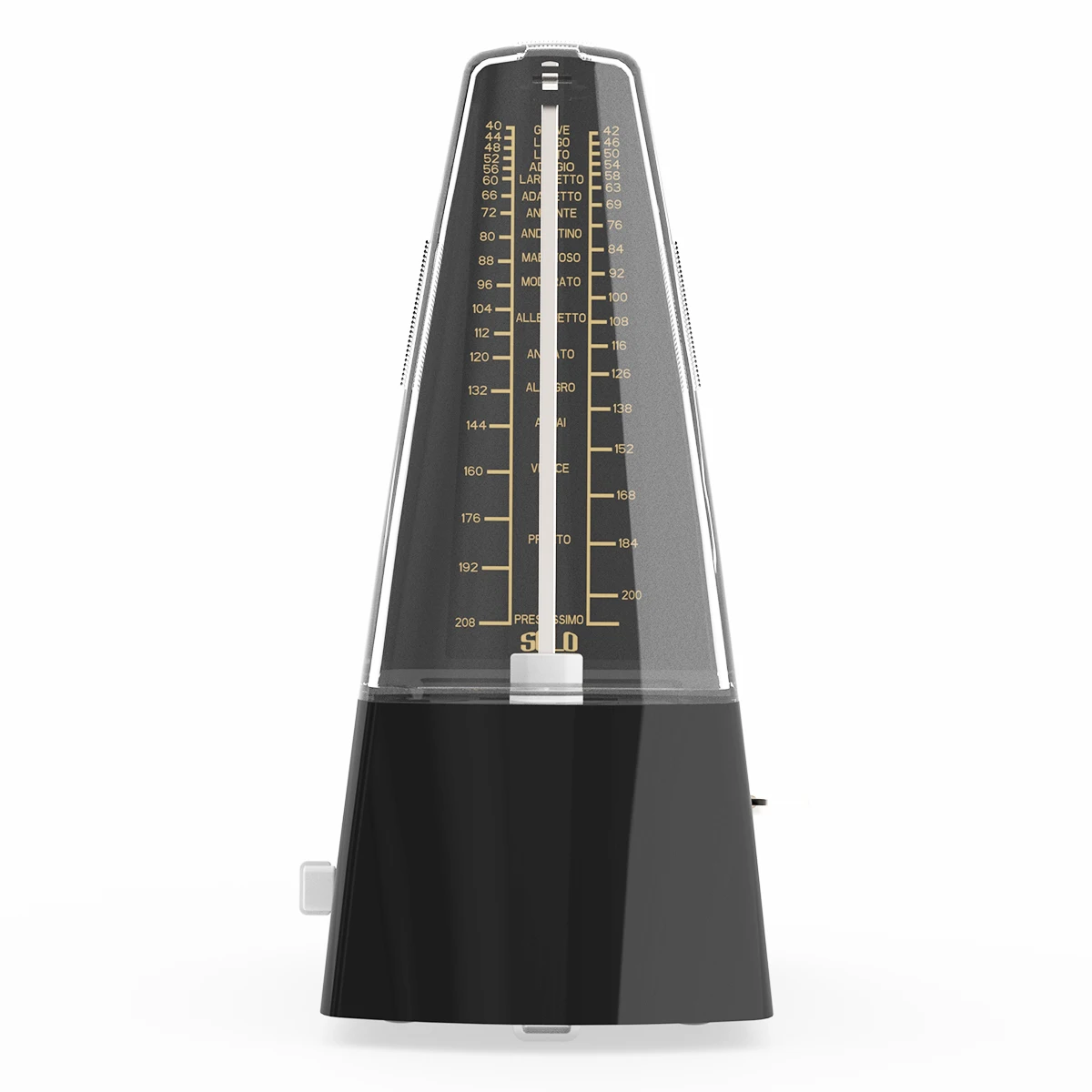

W: Aur-a Lee, Aur-a Lee, maid with gol-den hair, *

W: Sat and piped, I heard him sing, sing-ing Aur-a Lee. W: As the black-bird, in the spring, 'neath the wil-low tree, * This example effectively puts the melody into 2/4 rather than 4/8, so it doesn't make a lot of sense unless there's another part that really is in 4/8, but it does put the melody at the same speed as the first example (and it is also 120 beats per minute under the faulty understanding): X: 4 If you change the relationship between the meter and the melody, however, there are other options. There isn't really any way to say that a particular performance of this tune should be notated using one or the other of these first two examples. This makes the most sense, because it keeps the same relationship between the meter and the melody. The most straightforward 4/8 version of this is also in 120 beats per minute (although it is not 120 beats per minute under the faulty understanding, because there are 60 quarter notes per minute): X: 3 W: Sun-shine came a-long with thee, and swal-lows in the air. W: Aur-a Lee, Aur-a Lee, maid with gol-den hair, W: As the black-bird, in the spring, 'neath the wil-low tree, This answer will nonetheless take this meaning of the term into account, calling it the "faulty understanding" of the term, in addition to the more traditional meaning. In compound meters, it is usually the dotted note representing the compound beat, whether a dotted quarter note or some other dotted note. It can be a quarter note, and it certainly often is a quarter note, but it can also be a half note, an eighth note.
#Metronome 120 software#
But first, a word about beats per minute.Ī few months ago, I was disappointed to read a question on this site that concerned some software or other that uses "beats per minute" to mean "quarter notes per minute." This goes against two hundred years of practice in using the metronome to specify tempo, where "beat" is a variable that is set for any given metronome marking to some note value. We will put that melody into 4/4 and consider how we can write it out equivalently in 4/8. The seventh note has twice the duration of the first six, and the last note has twice the duration of the seventh: X: 1

As an example, consider the first phrase of Aura Lee, perhaps better known to many as the tune of Love Me Tender. That is, if you change the relative duration, you're changing the music. I say "absolute" duration of each note because the relative duration is determined by the melody. The absolute duration of each note of the melody.When you write music out, there are several quantities that must be determined: In 4/4, it is the quarter note, while in 4/8 it is the eighth note. The most natural way to make the change from 4/4 to 4/8, however, is to keep the same number of beats per minute, because the temporal unit associated with the beat in these two meters is not the same. They can be, to some extent (as in the last examples in this answer). That is, when holding the quarter-note steady 4/2 would be half the speed of 4/4, which in turn would be half the speed of 4/8.Īre 4/8 in 60bpm and 4/4 in 120bpm the same? At quarter-note = 120BPM, then 4/2 = 15 measures/minute 4/4 = 30 measures/minute 4/8 = 60 measures/minute. However, if "the beat" actually means "quarter note" (crotchet), that is, the BPM is tied to a specific notation rather than the pulse itself, then the differences suggested in the OP turn up. The time signature would only specify the type of note used to represent the basic pulse. At "pulse" = 120BPM, for example, there would be 30 measures per minute regardless the specific time signature. If "the beat" refers to the primary underlying pulse of the music, then 4/2, 4/4, 4/8, etc., would sound identical. In terms of relating time signatures via BPM, it depends on how one interprets "the beat". One could make some educated guesses about the lower number based on experience combined with the tempo and style of the piece, but it would be a guess. One could discern the upper "4" according to its canonical STRONG-weak-SemiStrong-weakest pattern of stresses, but the lower number serves as an indicator of notational convention. In that case, 4/2, 4/4, 4/8, 4/16, etc., would be effectively indistinguishable. The question suggests listening to a recording and attempting to guess the time signature.


 0 kommentar(er)
0 kommentar(er)
